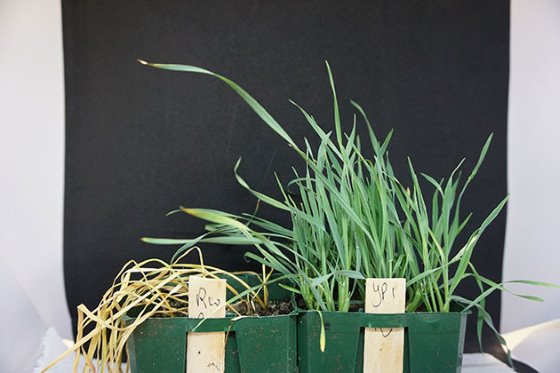A population of the widespread winter annual grass weed, northern barley grass (Hordeum glaucum), has been confirmed resistant to the key herbicide glyphosate in South Australia.
The Australasian Farmers’ & Dealers’ Journal (AFDJ) reports that a population of the widespread winter annual grass weed, northern barley grass (Hordeum glaucum), has been confirmed resistant to the key herbicide glyphosate in South Australia.
Dr Chris Preston, Associate Professor of weed management at the University of Adelaide and chair of the Australian Glyphosate Sustainability Working Group(AGSWG), says the resistance has been confirmed in a northern barley grass population located along fences and around buildings on the Yorke Peninsula.
Green feed with sharp seeds
“Northern barley grass is showing us it will adapt to herbicide control if we continue to use simple weed management strategies,” said Dr Preston. “Barley grass across southern Australia has been adapting to changing farming practices, and we can now add glyphosate resistance to that list of adaptations.”
Northern barley grass is an important plant in winter-dominant rainfall zones, being a major component of many annual pastures. It can provide early green feed for livestock but produces damaging sharp seeds that penetrate the eyes and bodies of sheep in the spring. It is a major competitor of cereal crops and acts as a host for cereal diseases such as barley leaf scald and the root disease take-all.
Up to 8 times the rate
A lack of selective herbicides in cereals compounds the problems posed by barley grass. “The actual level of glyphosate resistance is quite low with resistant plants requiring 8 times the rate of glyphosate for control when compared with a susceptible plant. However, as has been demonstrated with other species, active management is required to control even low levels of resistance,” Dr Preston said.



